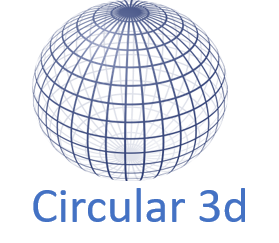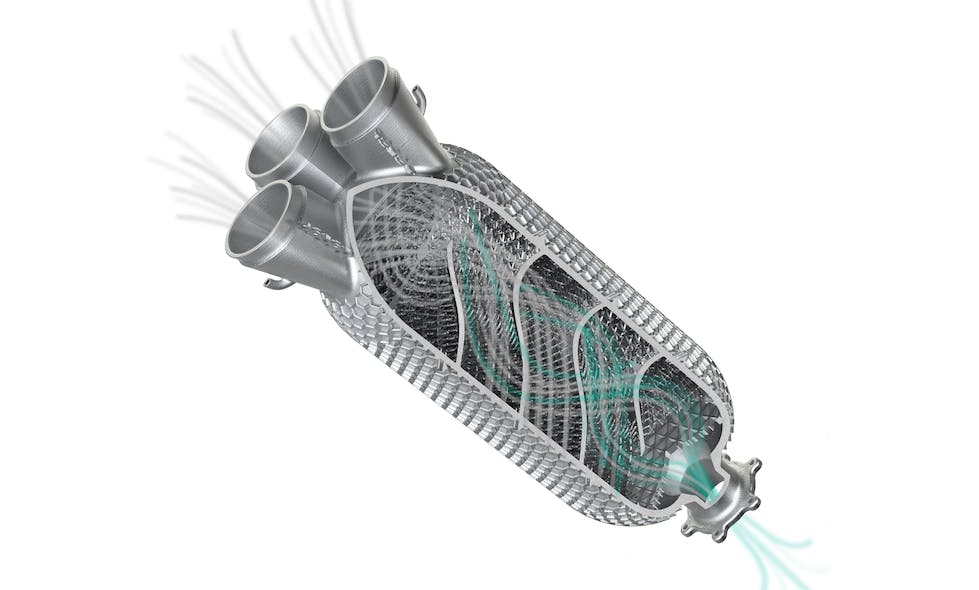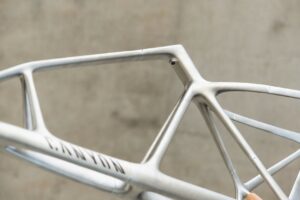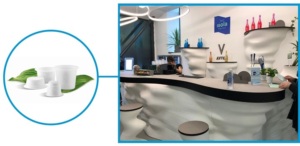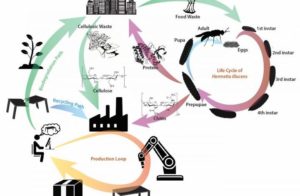We are more than two decades into the 21st century, and the importance of combatting climate change is accelerating. The Paris Agreement 2050 highlights the need for steep emissions cuts within the decade to keep global warming to no more than 1.5°C and safeguard a livable climate, as outlined by the UN Net-zero Coalition.
To accomplish this, heavy industrial manufacturers are quickly setting up operations with large investments, and tech startups are creating novel solutions. Despite investment by industrial manufacturers to solve this issue, and tech startups creating novel solutions, global targets are not being met.
At the heart of carbon capture are some relatively simple chemical reactions. Any carbon capture and reclamation system must operate at extreme efficiency to ensure it is not adding to the problem by consuming carbon-heavy fuels or emitting further carbon into the atmosphere. In other words: we must capture as much carbon as possible while using significantly less carbon than we are capturing to produce the reaction. Ideally, the goal is zero carbon input for unlimited carbon reclaimed as output.
This requires carbon-negative infrastructure. The most efficient, effective, scalable method to help lower carbon dioxide (CO2) emissions is the use of direct air capture (DAC). It enables the separation of CO2 from air to create the products the economy needs—such as agricultural products, building materials, fuels, plastics, and chemicals. DAC also enables sequestration—the ability to store CO2 for constructive purposes—to convert it from a threat into an opportunity. (Read more)
